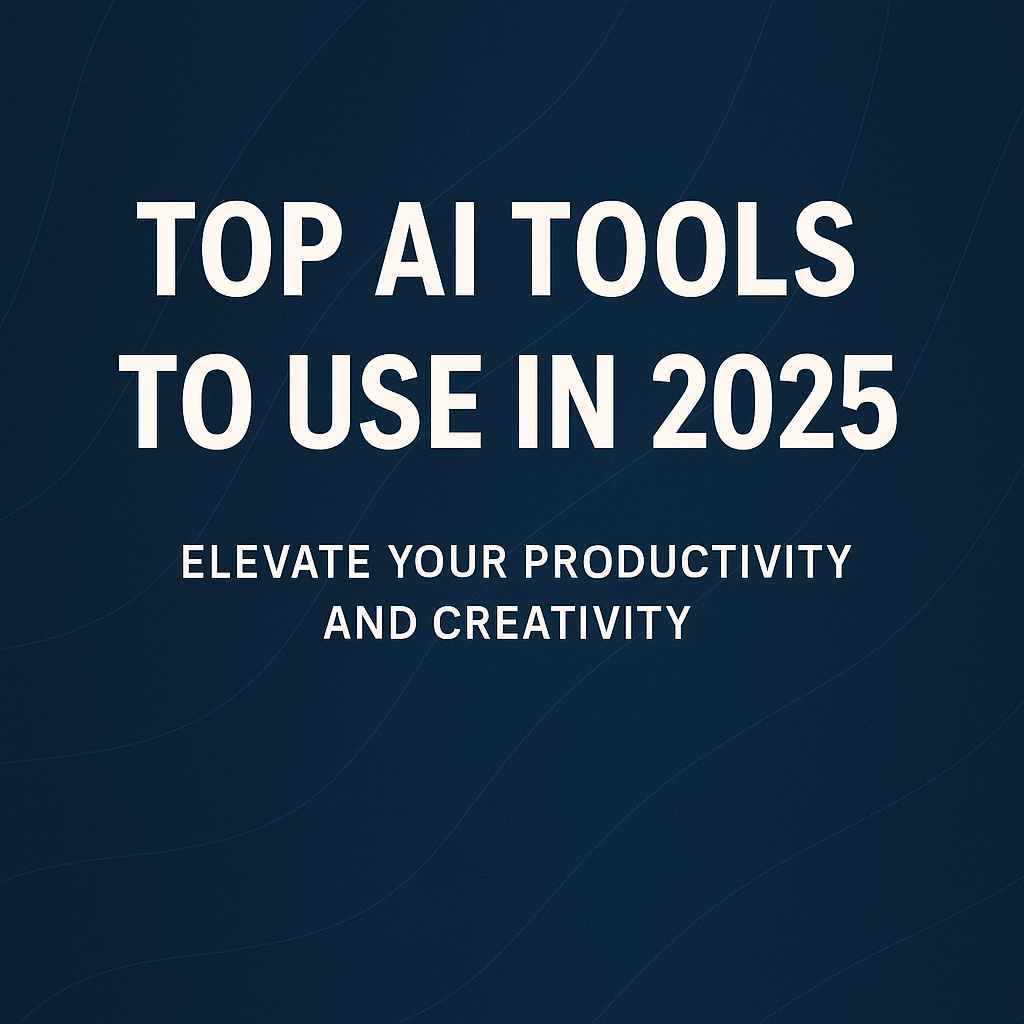As artificial intelligence continues to evolve, 2025 brings a suite of powerful tools designed to enhance productivity, creativity, and efficiency across various domains. Whether you’re a content creator, developer, researcher, or business professional, these AI tools are set to redefine workflows and open new possibilities.
1. Gemini (Google DeepMind)
- Overview: Gemini is a multimodal AI model developed by Google DeepMind, capable of processing text, images, audio, and video.
- Key Features:
- Advanced reasoning capabilities
- Seamless integration with Google Search
- Image generation powered by Imagen 3
- Use Cases:
- Information retrieval
- Content creation and translation
- Image and video analysis
- Integration with Google Workspace
2. ChatGPT (OpenAI)
- Overview: ChatGPT is a conversational AI developed by OpenAI, utilizing large language models like GPT-4o.
- Key Features:
- High-level natural language processing
- Functionality expansion through plugins
- Image generation with DALL·E 3
- Use Cases:
- Q&A and information synthesis
- Writing assistance and summarization
- Programming support
- Translation and educational aid
3. Claude (Anthropic)
- Overview: Claude is a conversational AI developed by Anthropic, emphasizing safety and transparency.
- Key Features:
- Handles inputs exceeding 100,000 tokens
- Designed with AI ethics principles
- Advanced contextual understanding
- Use Cases:
- Legal document analysis
- Creative writing (novels, scripts)
- Business strategy development
- Coding assistance
4. Midjourney
- Overview: Midjourney is an AI tool that generates high-quality images from text prompts, known for its artistic style.
- Key Features:
- High-precision image rendering
- Supports 4K image generation
- Incorporates deepfake prevention measures
- Use Cases:
- Digital art creation
- Advertising and marketing materials
- Concept art for games and films
5. Perplexity AI
- Overview: Perplexity AI combines search engine capabilities with generative AI for efficient information gathering.
- Key Features:
- Real-time web search functionality
- Transparent design with source citations
- Summarization of academic papers and news
- Use Cases:
- Up-to-date information retrieval
- Research and academic summarization
- Business intelligence gathering
6. ImageFX (Google Labs)
- Overview: ImageFX is an image generation AI tool by Google, utilizing Imagen 3 for high-fidelity outputs.
- Key Features:
- Generates high-precision human images
- Accurately responds to complex prompts
- Robust image editing and customization features
- Use Cases:
- Creating images for social media posts
- Visuals for advertisements and presentations
- Creative project development
7. Runway
- Overview: Runway is a platform that leverages AI for video generation and editing.
- Key Features:
- Generates videos from text and images
- Transforms styles of existing videos
- Advanced AI-driven video editing tools
- Use Cases:
- Short film production
- Music video creation
- Advertisement video development
8. Vrew
- Overview: Vrew is an AI-powered video editing software that automates transcription and subtitle creation.
- Key Features:
- Automatic speech recognition for transcription
- Text-based video editing
- AI-generated narration
- Use Cases:
- YouTube video production
- Business presentation videos
- Educational content subtitling
These AI tools are at the forefront of innovation in 2025, offering diverse functionalities to cater to various professional needs. Integrating them into your workflow can significantly enhance efficiency and creativity.


